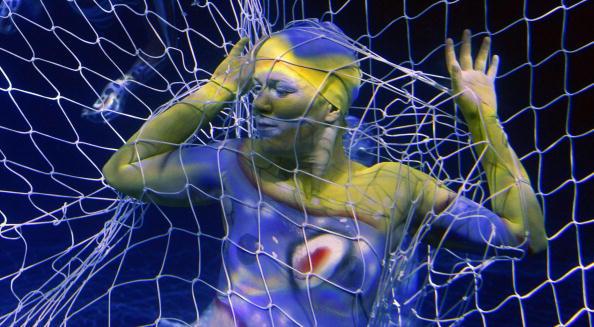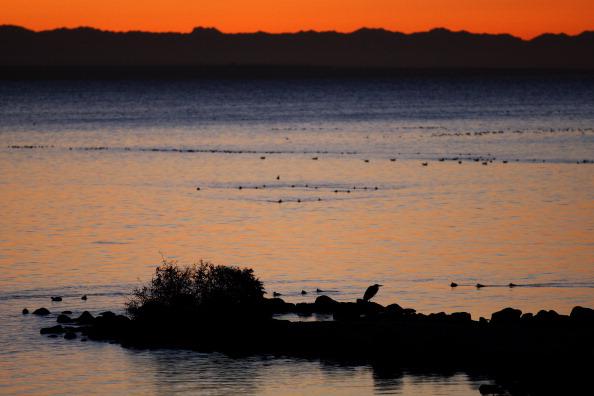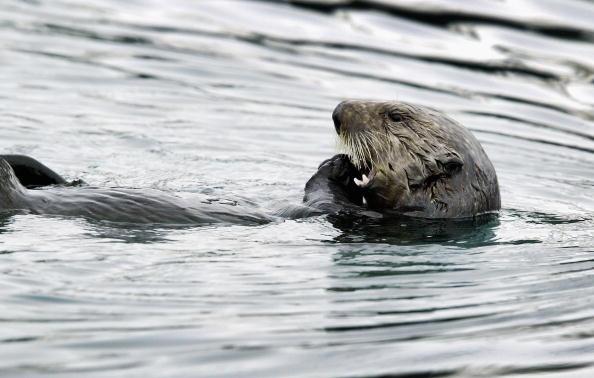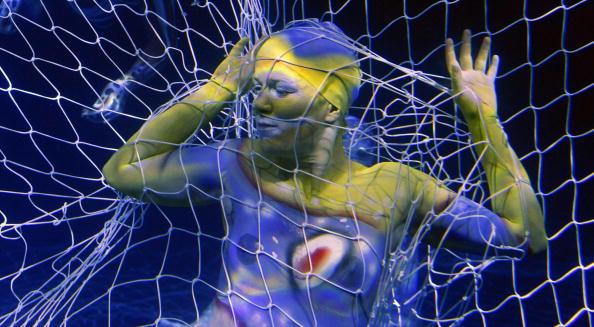Soon after we wrote about the impacts of drift gillnets in April, Assembly member Paul Fong’s bill to ban drift gillnets, AB 2019, was heard in the California Assembly Committee on Water, Parks, & Wildlife. A diverse group of people packed the room, including Defenders of Wildlife, members of the general public, college students, fishermen, and representatives from other environmental groups. The committee members discussed the bill at length and listened to multiple comments both in support and opposition to the bill. Unfortunately, multiple assembly members believed a legislative ban on drift gillnets would be unnecessary since the Pacific Fisheries Management Council had already begun talking about switching the fishery to cleaner gear types at its March 2014 meeting. As a result, the bill did not receive enough votes to pass out of the committee and was not able to move forward in the legislature.
While the defeat of this bill is disappointing, we are heartened by efforts within the Pacific Fishery Management Council to phase out drift gillnets and reduce bycatch in the Pacific West, which have progressed significantly over the last few months.
The Council is responsible for the management of fisheries throughout Washington, Oregon and California, and participates in the management of international fish stocks that migrate through its 317,690 square miles of jurisdiction along the Pacific coast.
The Council has been working tirelessly to reduce bycatch of marine animals in drift gillnets used in California’s swordfish fishery. Drift gillnets entangle an estimated 100 marine mammals in California each year, including whales, dolphins, and sea lions, as well as multiple species of sea turtles and sharks. Most of these animals do not survive once they become entangled. The Council’s progress reached a new high in June when they outlined a new set of policy objectives – goals that will help them use their full authority to manage the swordfish fishery more sustainably:
Limits on Bycatch
The Council will establish a set of hard caps limiting the number of high priority protected species that can be caught in drift gillnets during a single fishing season. These species include fin, humpback and sperm whales; and leatherback, loggerhead, olive ridley and green turtles. If the fishery exceeds these new caps, it will be closed for the remainder of the fishing season – a definite incentive for fisheries to cut back on bycatch.
More Oversight
Another goal was to increase monitoring on fishing vessels using drift gillnets so that officials can have more accurate reporting of any marine mammals and sea turtles caught in these nets. By the 2016-2017 drift gillnet fishing season, 100% of these vessels will be monitored to help reduce bycatch and increase accountability for the take of critical species. This is a huge step forward; implementing proper oversight of fishermen who continue to use driftnets will encourage fishing practices that could help save many marine species.
New, More Sustainable Gear
Additionally, the Council has offered strong support for developing alternative fishing gear to be used in the California swordfish fishery. Maintaining a viable, domestic swordfish fishery is necessary to support our local fisheries and the value they provide to our state’s culture and economy. But it is critical that we find sustainable methods for harvesting swordfish and any other seafood.
California’s marine wildlife holds immense intrinsic value as well as economic value for the region. But we may soon have to face a reality in which the damage done to these species becomes irreparable. Our oceans are becoming far too barren from overfishing and outrageously high levels of discarded wildlife from unwanted bycatch. This problem is only made worse by impacts from climate change – such as increasing ocean temperatures and acidification. Likewise, multiple stressors such as climate change and water pollution are also taking an enormous toll on critical populations of marine mammals, sea turtles and other wildlife already considered threatened or endangered. Collaboration between California’s fishing community, agencies, scientists and NGOs will be critical in this effort to develop safe and sustainable fishing practices that replace drift gillnets and ensure the future survival of many species. These new goals show a true commitment by the Council and all stakeholders involved to protect California’s marine wildlife and find alternatives for the swordfish fishery that can replace drift gillnets.
To find out more about the Pacific Fishery Management Council and their new set of policy objectives, please go to: http://www.pcouncil.org/
This article was originally written and published by Haley Stewart, the California Program Associate for Defenders of Wildlife. For the original story and more information, please click HERE.



